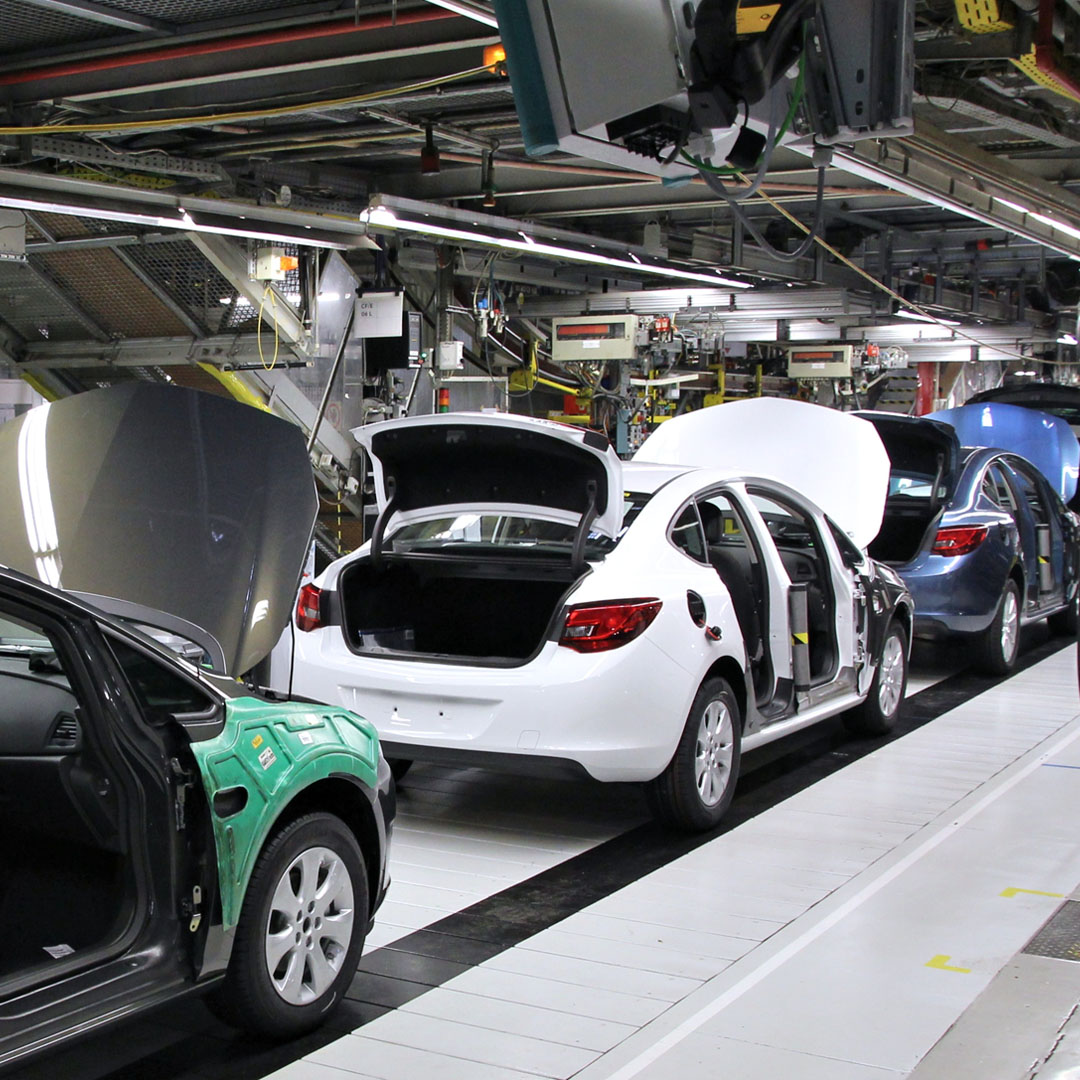The Intersection of Mobility: Automobiles and Transport
In our ever-changing world, the intersection of mobility and transport is where the rubber meets the road, both literally and metaphorically. Automobiles, with their wheels of innovation, have played a pivotal role in shaping the way we move people and goods. we will explore the dynamic interplay between automobiles and the broader realm of transportation, unraveling the significance, evolution, and potential future developments in this fascinating intersection of mobility.
A Journey Through Time: The Evolution of Automobiles in Transport
The story of automobiles in transport begins with a few pioneers, like Karl Benz and Henry Ford, who envisioned a future where personal mobility was no longer a luxury but a practicality. Over the last century, we’ve witnessed a remarkable evolution in the automotive industry. What started with the Model T and the first gasoline-powered automobiles has led to a diverse spectrum of vehicles powered by internal combustion engines, electricity, and even hydrogen fuel cells.
The evolution hasn’t been limited to propulsion methods. The integration of cutting-edge technology, from GPS navigation systems to advanced safety features, has transformed the driving experience. These innovations have not only made automobiles more efficient and environmentally friendly but have also set the stage for future developments such as autonomous vehicles and interconnected transportation systems.
The Significance of Automobiles in the World of Transportation
The importance of automobiles in the broader realm of transportation is multifaceted and far-reaching:
Personal Mobility: Automobiles offer unparalleled personal mobility. They provide the freedom to travel wherever, whenever, and with whom you choose. Whether for commuting to work, going on a road trip, or running errands, automobiles are instrumental in everyday life.
Economic Impact: The automotive industry is an economic powerhouse. It encompasses not only vehicle manufacturing but also a vast ecosystem of suppliers, service providers, dealerships, and aftermarket industries. It contributes significantly to job creation and revenue generation worldwide.
Goods Transport: While personal mobility is a crucial facet, the transport of goods is equally vital. Trucks, vans, and commercial vehicles are the lifeblood of global trade. They facilitate the movement of raw materials, products, and goods from manufacturers to consumers, ensuring the supply chain remains intact.
Environmental Responsibility: With growing concerns about environmental impact, the automotive industry is undergoing a transformation. Electric vehicles (EVs) are gaining traction as a sustainable alternative to traditional gasoline and diesel vehicles. Fuel-efficient technologies and the reduction of emissions are at the forefront of this evolution.
The Future of Automotive Transport
The horizon of automotive transport is an exciting place, marked by ongoing developments that promise to revolutionize the way we think about automobiles:
Electric Vehicles (EVs): The shift to electric vehicles is undeniable. With advancements in battery technology, EVs have become more accessible, with extended ranges and shorter charging times. They offer a cleaner and more sustainable mode of personal transportation.
Autonomous Vehicles (AVs): The prospect of autonomous vehicles is not science fiction anymore. While we’re not yet at the stage of full autonomy, various levels of automation are already present in many vehicles. AVs have the potential to redefine safety, efficiency, and mobility.
Interconnected Transportation: The rise of the Internet of Things (IoT) and the integration of connectivity have the potential to transform transportation. Smart vehicles can communicate with each other, traffic infrastructure, and even pedestrians, making transportation more efficient and safer.
Shift in Ownership Models: The emergence of ride-sharing services and the shared economy is changing the way people perceive vehicle ownership. Many are opting for shared services like Uber and Lyft instead of owning their own cars, leading to new mobility models.
Challenges and Considerations
Despite the promise of a brighter, cleaner, and more efficient future for automotive transport, several challenges and considerations loom on the horizon:
Infrastructure: The transition to electric vehicles and the development of AVs require substantial changes to infrastructure. Charging stations, smart roadways, and updates to traffic management systems are just a few examples.
Safety and Regulations: The development and deployment of autonomous vehicles bring complex safety and regulatory challenges. Ensuring the safety of self-driving cars and creating comprehensive legal frameworks are critical issues to address.
Economic Impact: The transition to electric vehicles and shared mobility models could have economic repercussions on industries related to traditional gasoline and diesel vehicles. Job displacement and economic shifts are considerations that need to be addressed.
Conclusion: The Intersection of Mobility
The intersection of mobility, where automobiles and transport converge, is a space of immense potential and transformation. As we journey toward an environmentally responsible and technologically advanced future, the significance of automobiles in the realm of transportation will continue to evolve. The roads ahead will be marked by change, progress, and innovation, and the interplay between mobility and transport will remain at the heart of our modern world. It’s a journey of exciting possibilities, one that promises not just a destination but an entire evolution of how we move and connect in the world.








